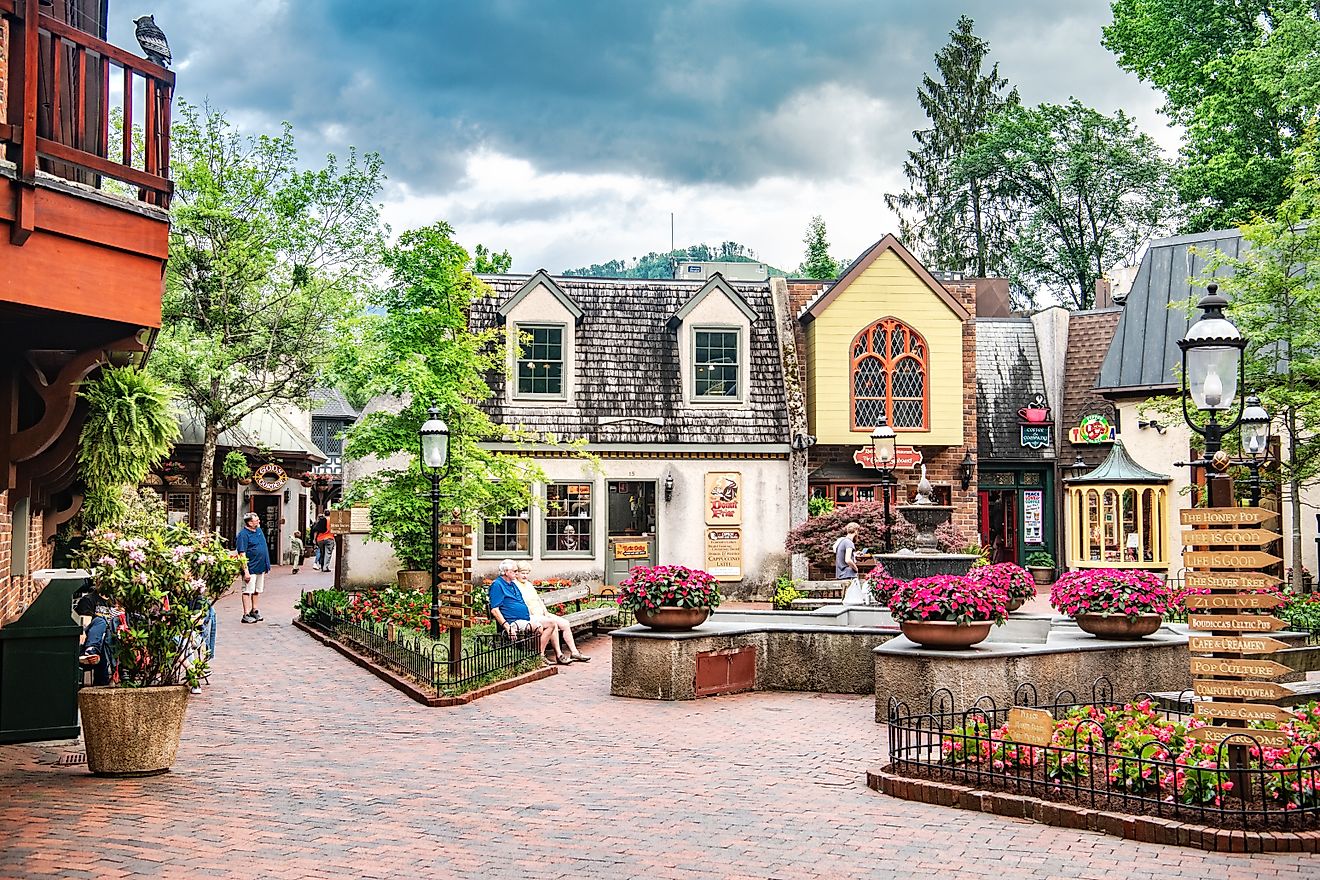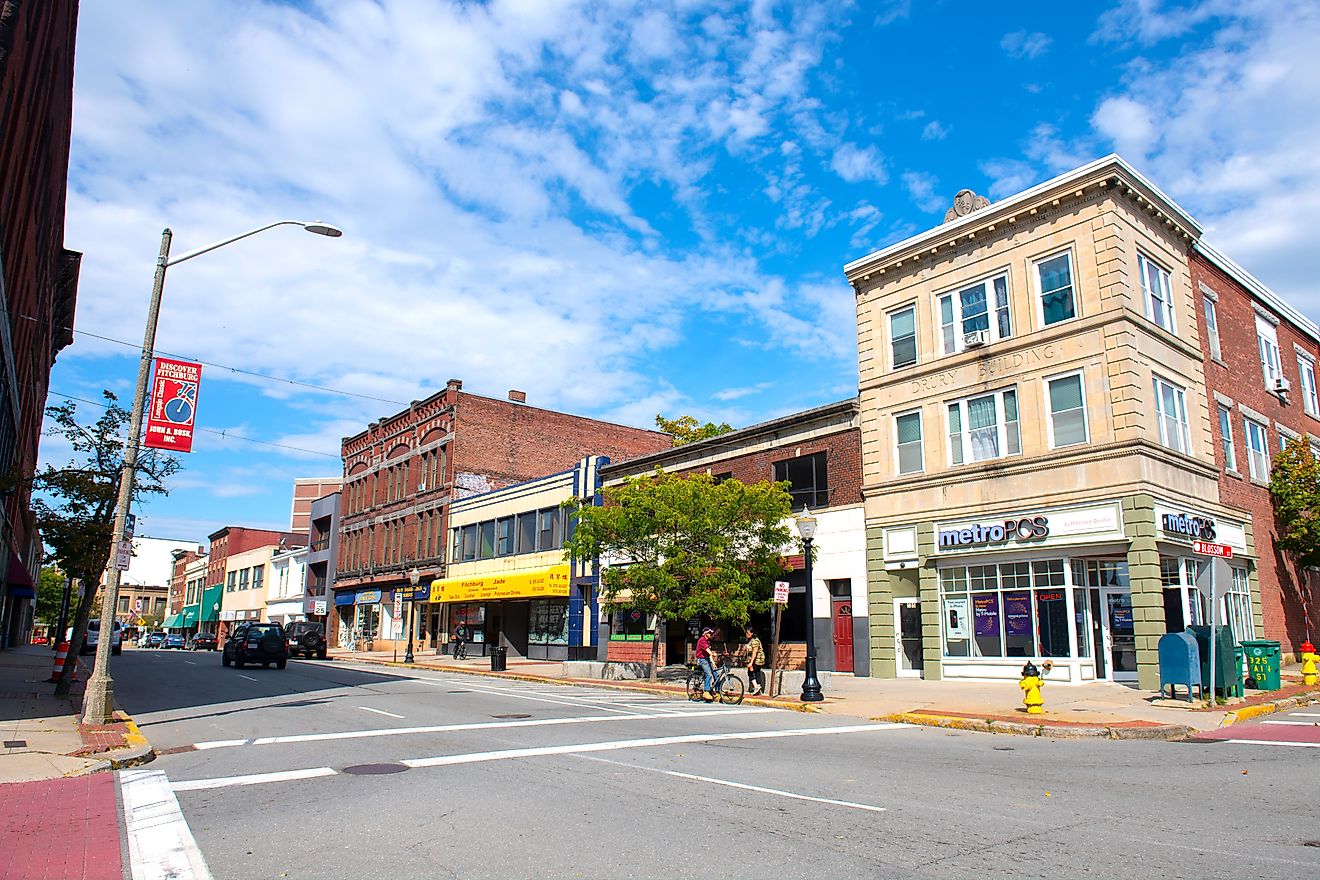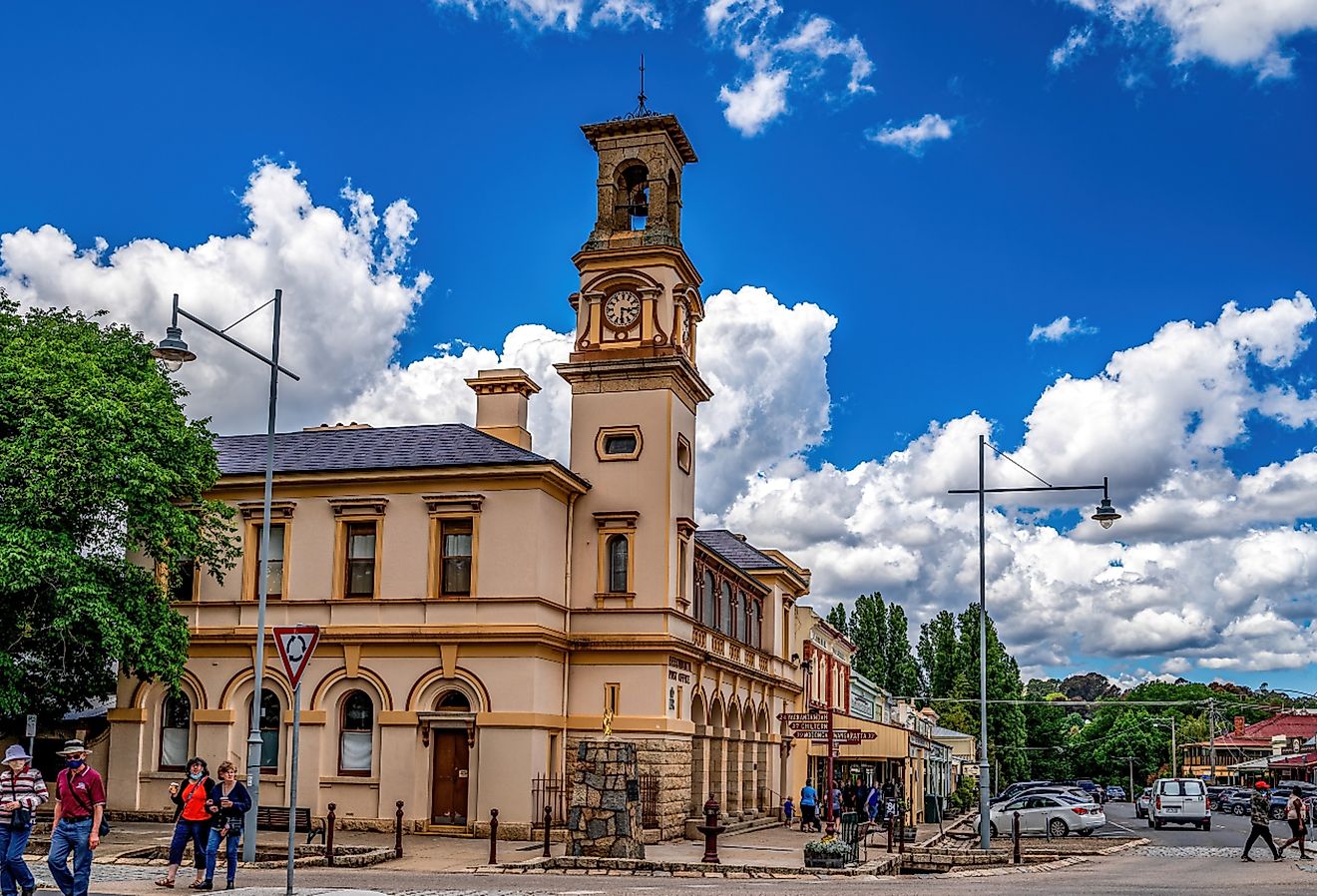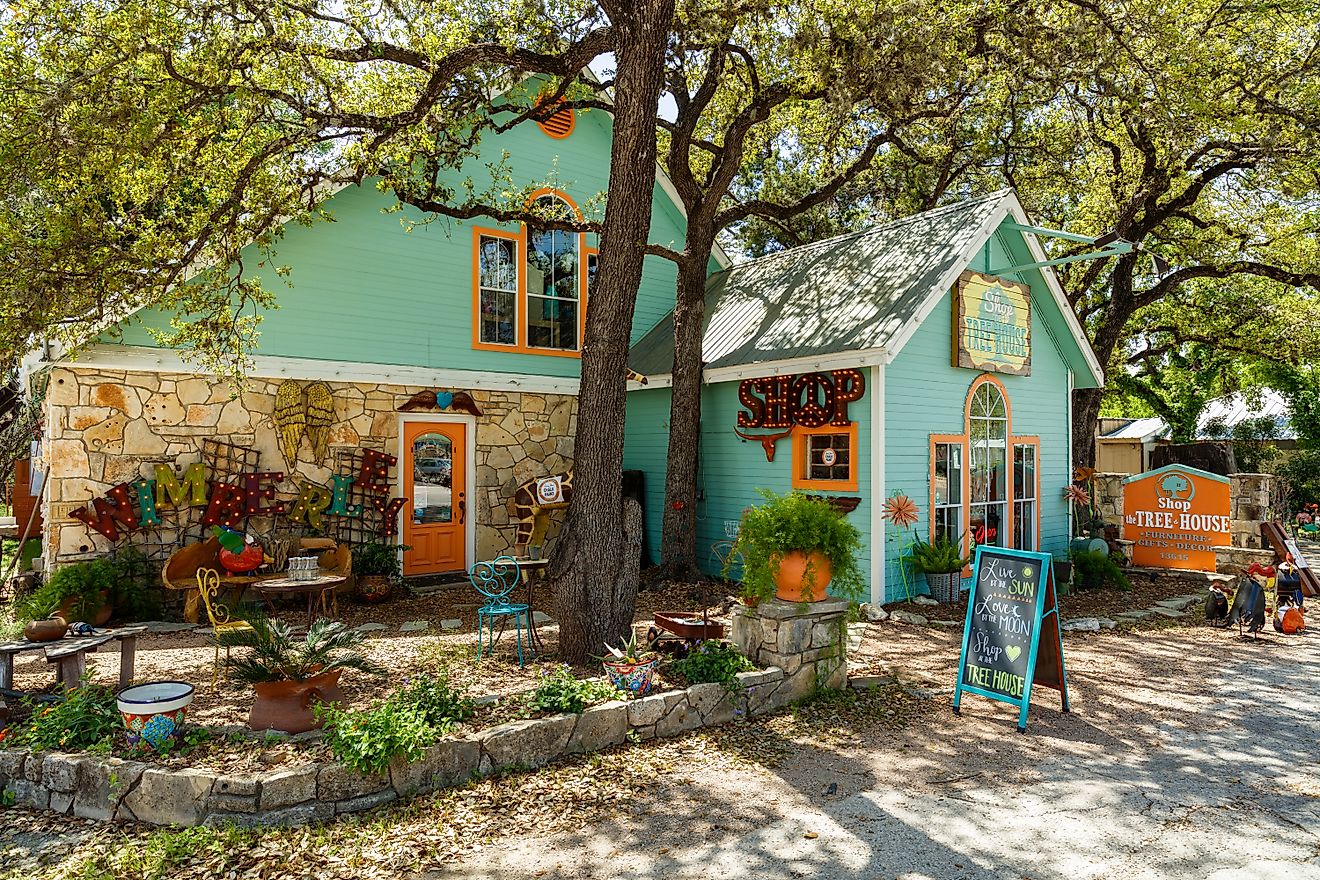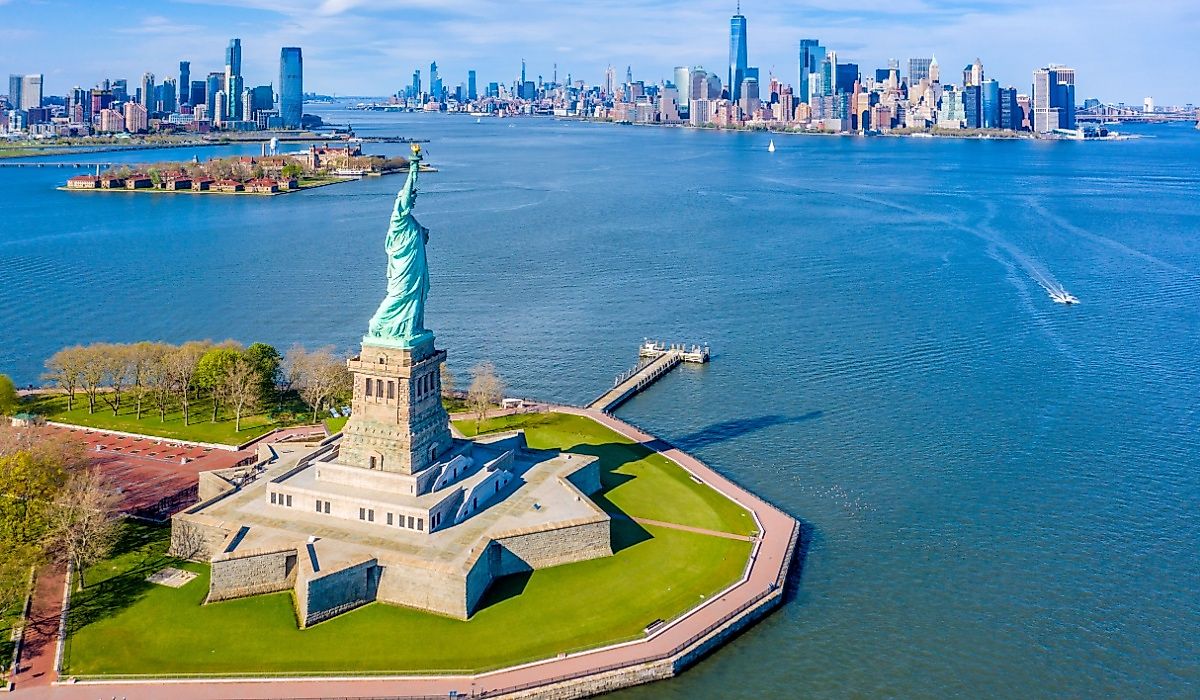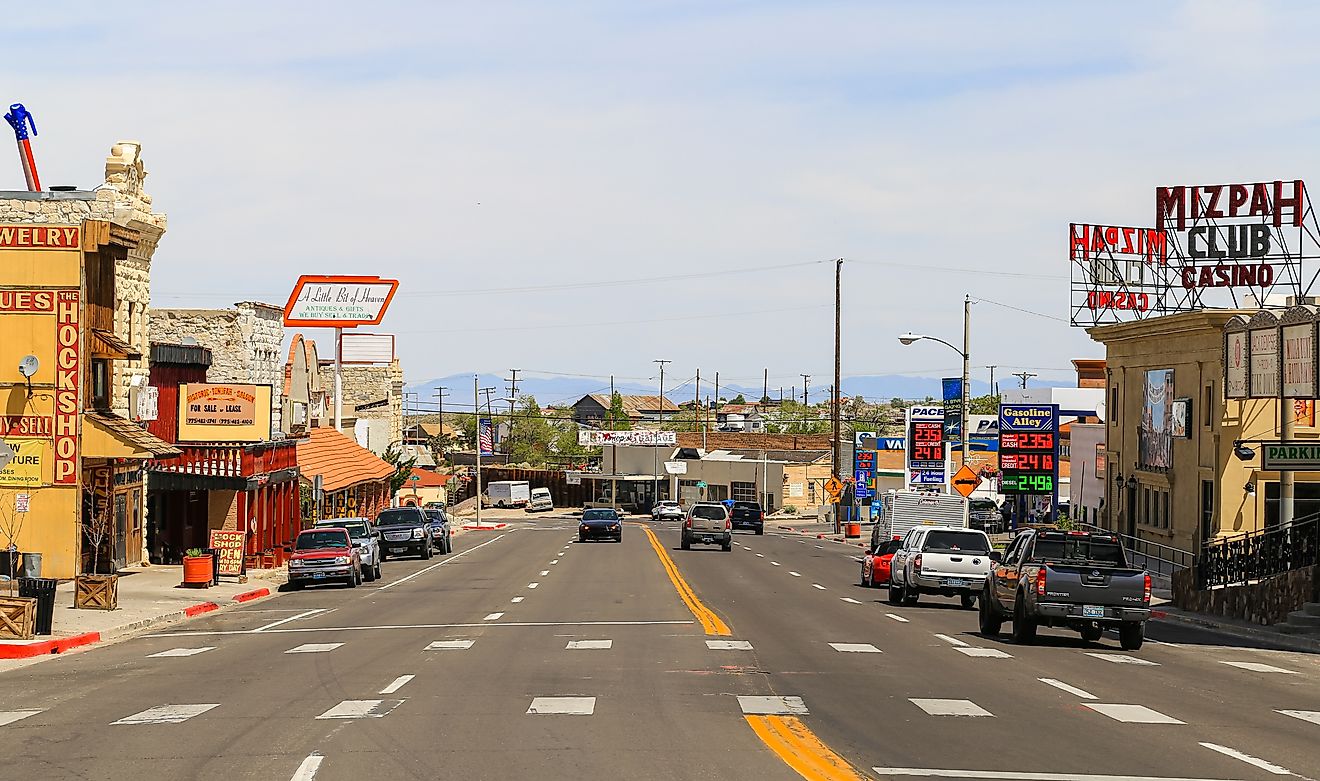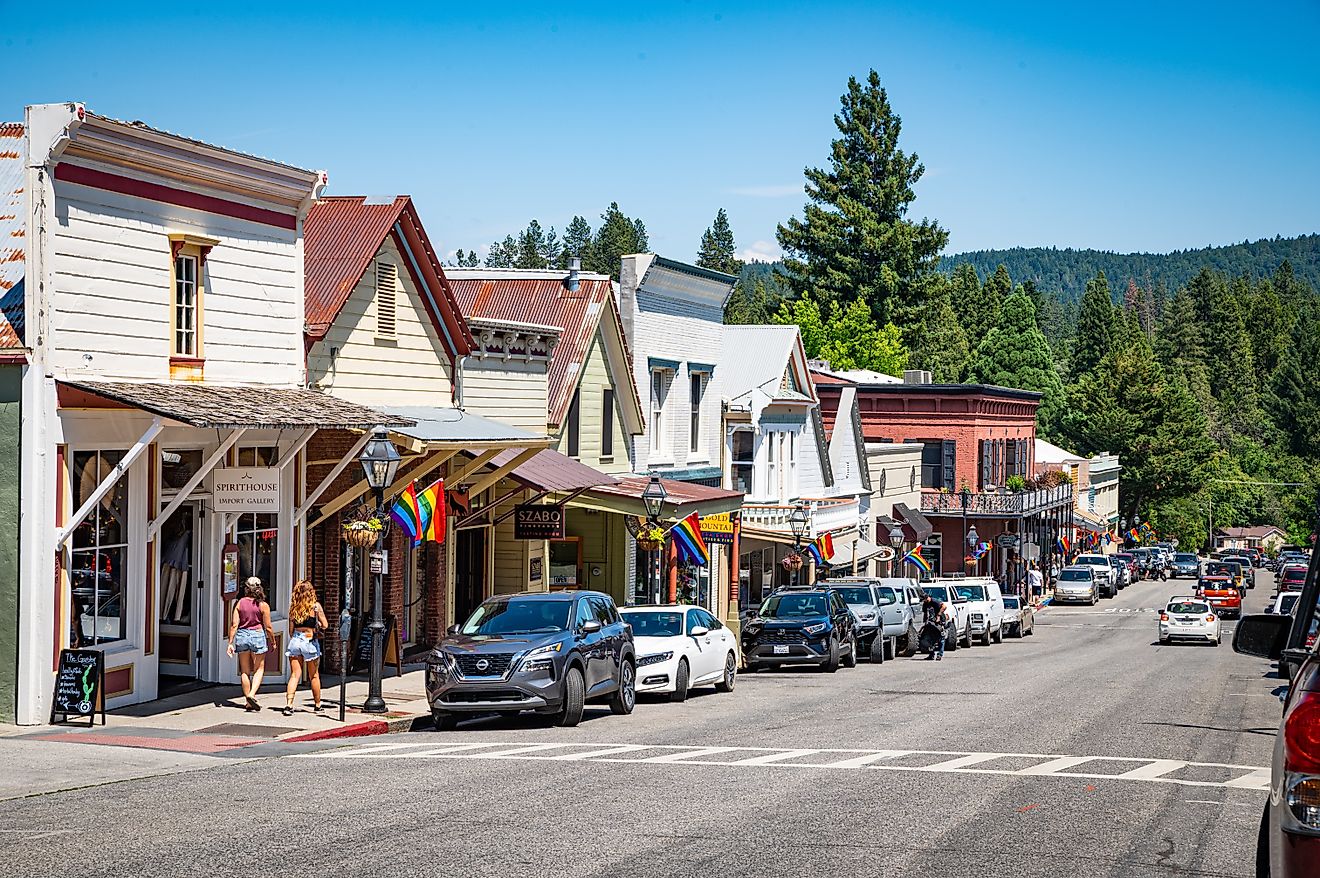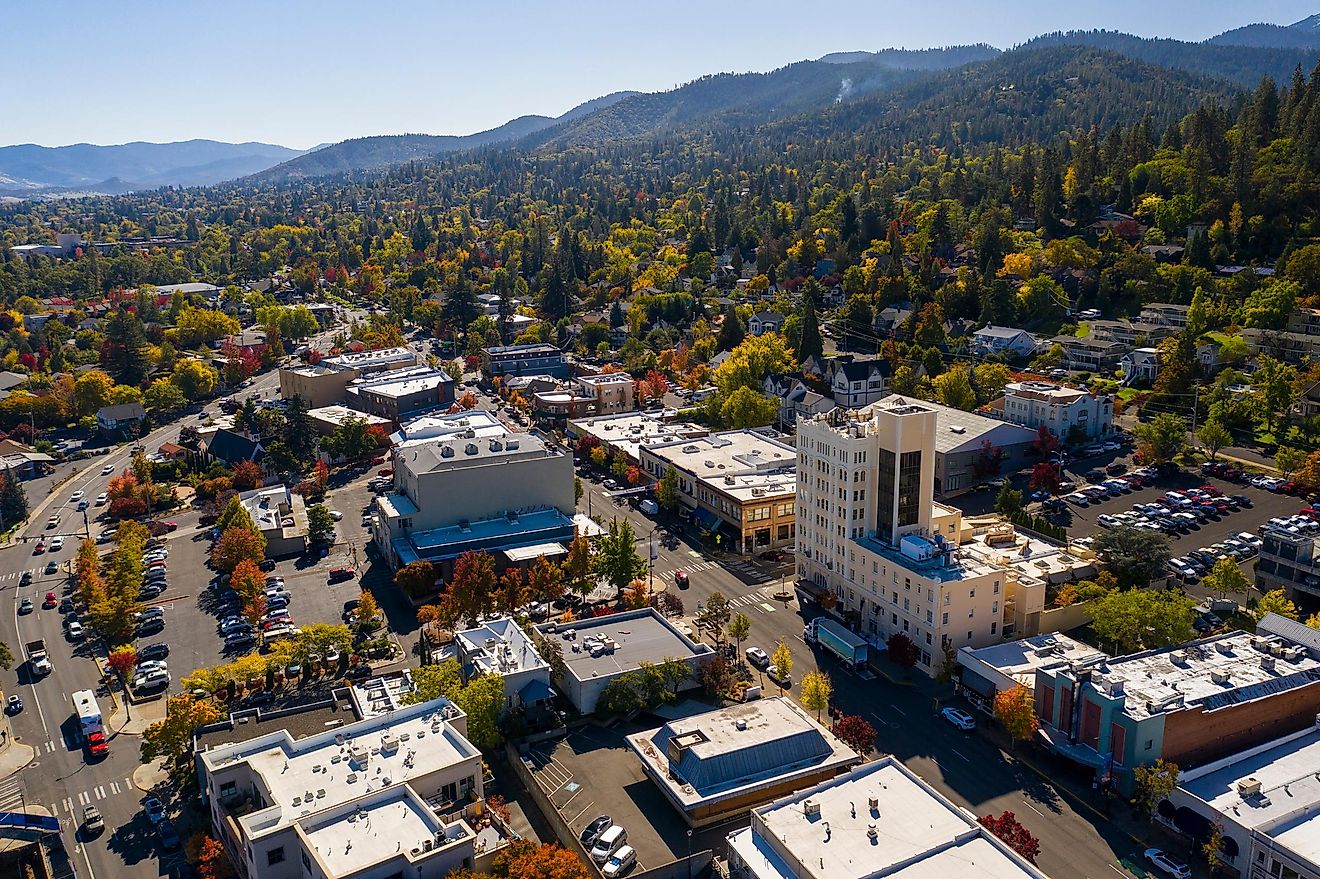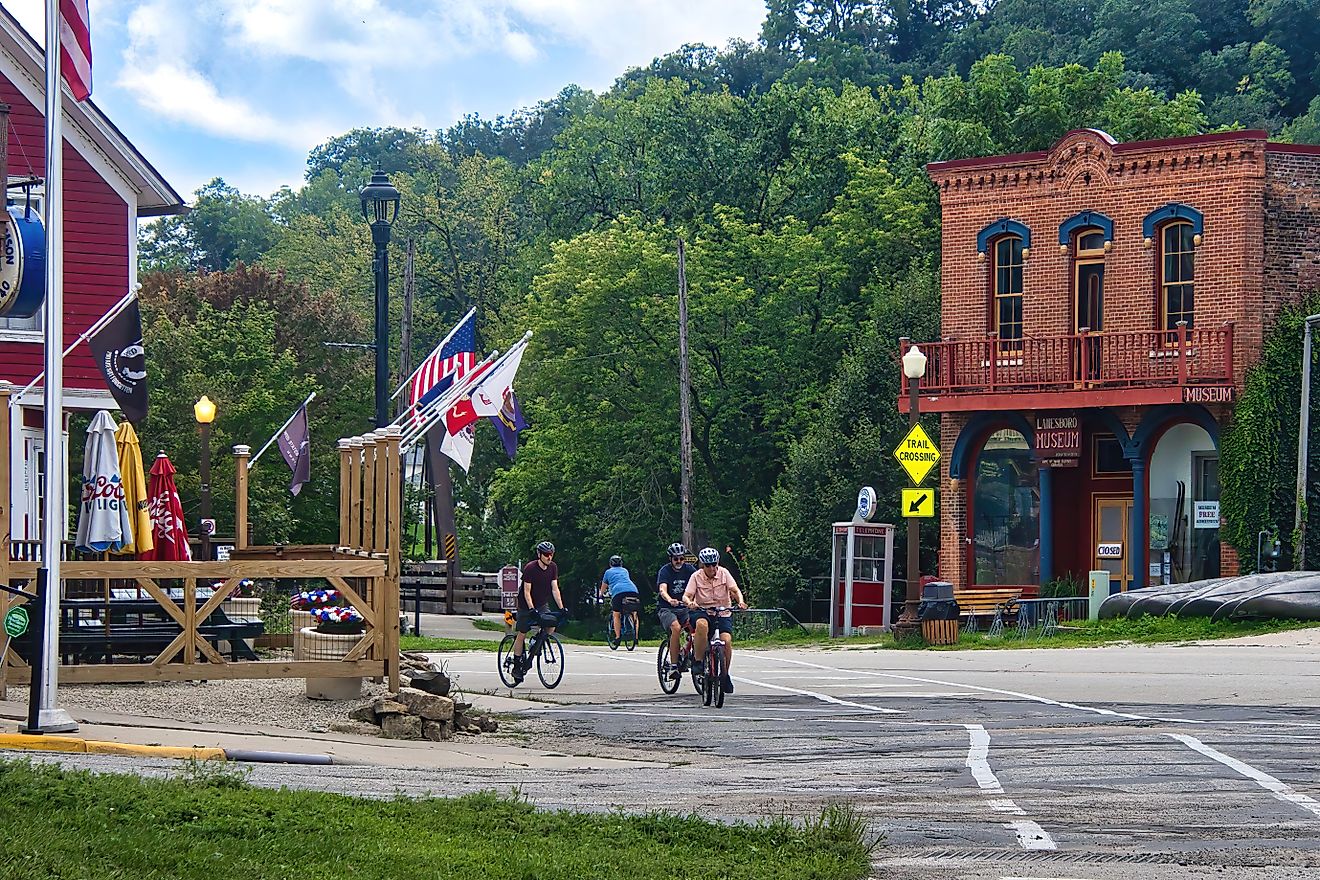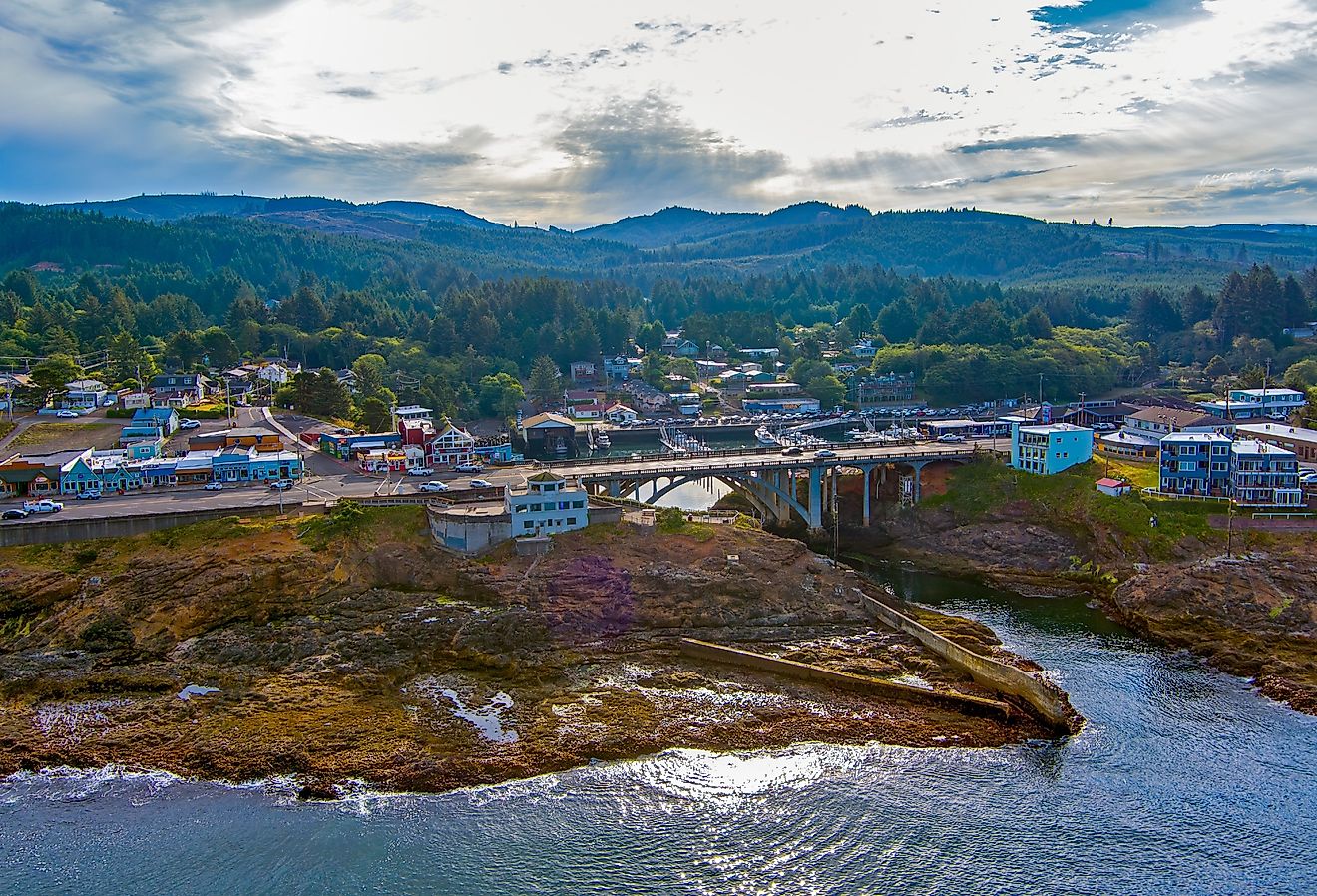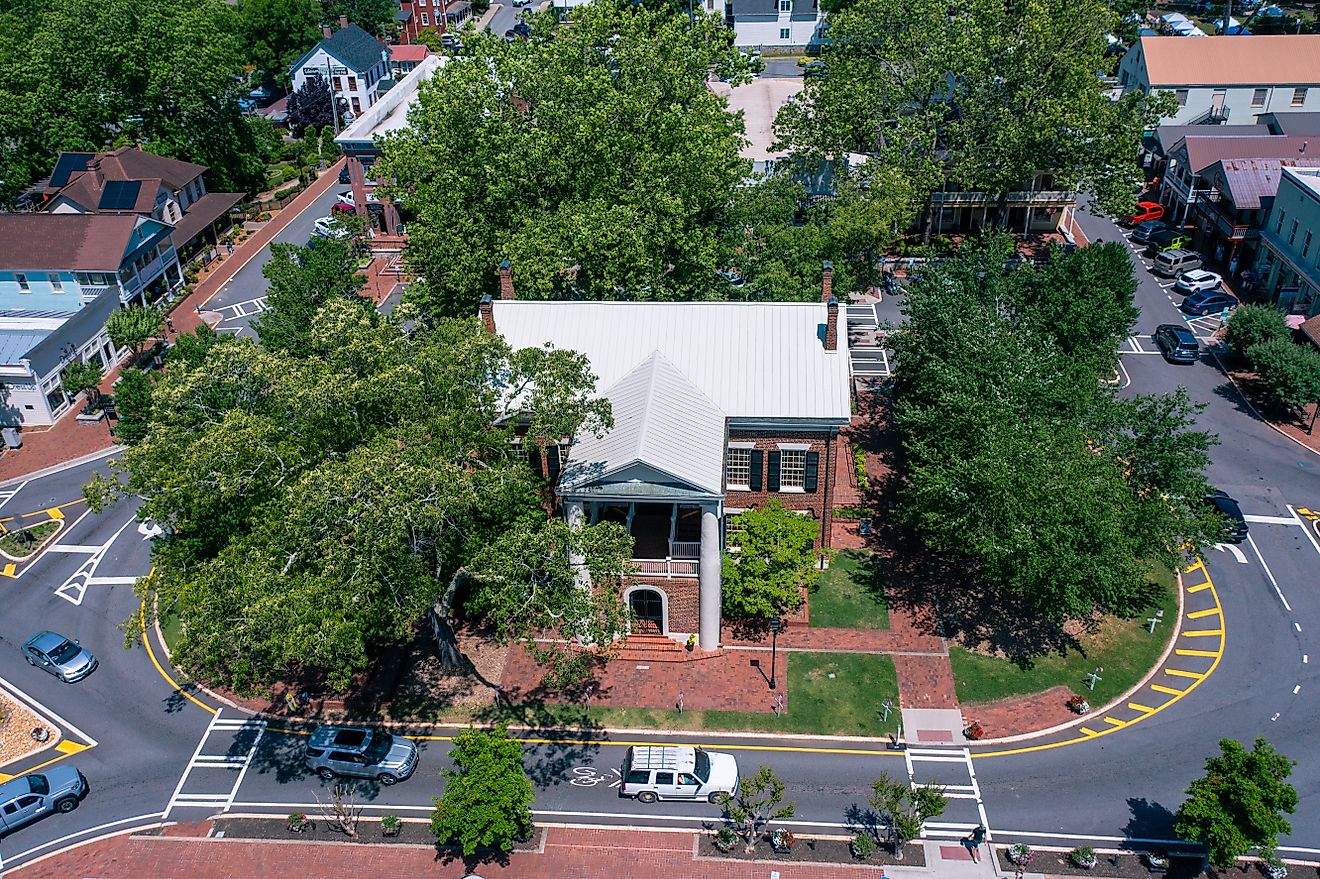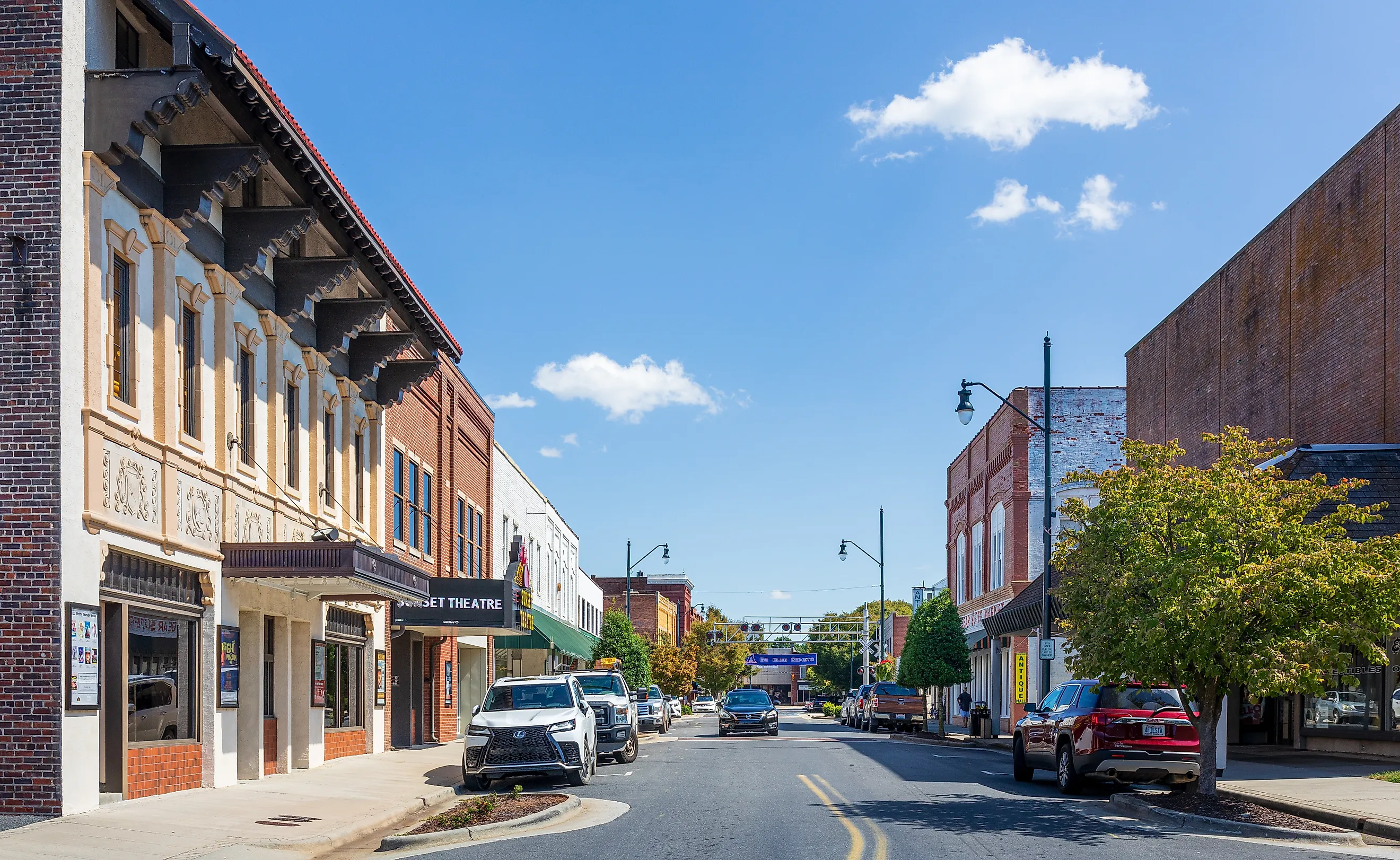
11 Value Towns In North Carolina For Retirees
Retirement value in North Carolina shows up on an ordinary Tuesday at 10 a.m. Step outside and there’s something real in every season: a riverwalk with working boats, a field of spinning whirligigs, a zoo on rolling hills, a greenway that actually loops. Four seasons keep time, azaleas, cicadas, maples, a light jacket.
We focused on places with home prices below the state median. Not “amenities,” but named spots you’ll use. Coffee that opens early. Barbecue worth an argument. Parks that stay useful in January. The point isn’t postcard pretty; it’s everyday workable. If that’s what you want, North Carolina has more than a few corners that pass the Tuesday test.
Wilson
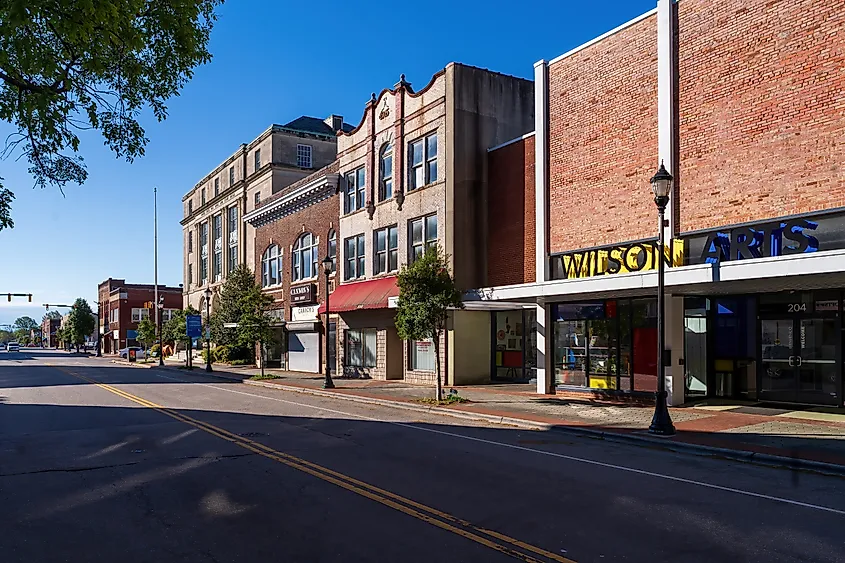
In Wilson, North Carolina, a retired life comes with kinetic sculpture and tobacco barns. The town is best known for Whirligig Park, a two-acre open-air museum filled with towering wind-powered contraptions built by local folk artist Vollis Simpson. This surreal downtown landmark anchors a city that has quietly preserved its agricultural and industrial heritage without freezing in it. Wilson's historic warehouses now house lofts, markets, and galleries. The town’s tobacco roots are visible but not dominant; the shift toward arts and livability is visible on nearly every corner.
Wilson’s median home price hovers between $230,000 and $250,000, significantly below the state average. Retirees find four-season value here in walkable greenspaces like Lake Wilson Park, which offers fishing piers, flat trails, and open water views. Pup’s Steakhouse, near the edge of town, draws consistent local praise for seafood and ribs, while Larema Coffee House on Tarboro Street serves pour-overs and poetry nights in a renovated 1920s storefront. The Imagination Station Science & History Museum, with exhibits on local ecology and early industry, is a small but tightly curated stop that adds to the town’s mix of the eccentric and grounded.
Salisbury
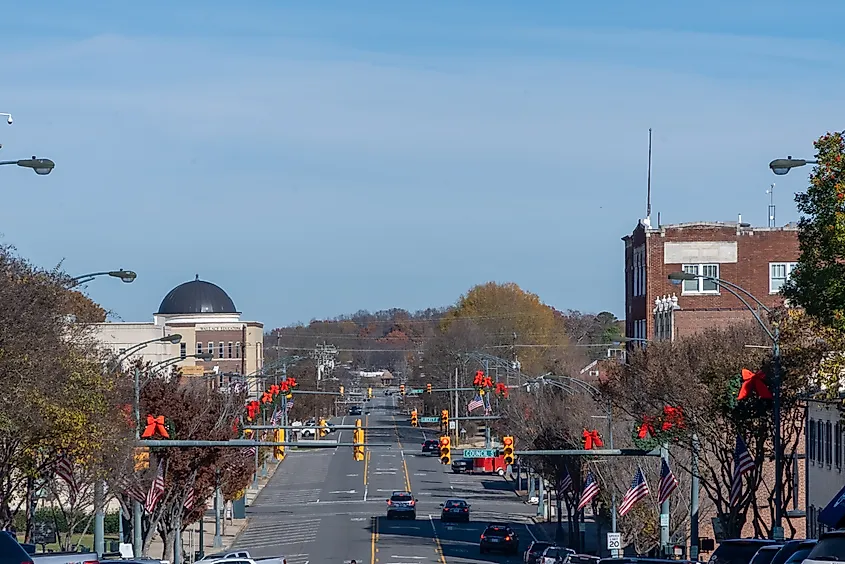
Salisbury greets visitors with brick-lined streets that host one of the largest collections of intact 19th-century commercial buildings in the South. Its defining quirk: more than 300 stained-glass windows in downtown storefronts and churches, some dating to the 1880s, catch late-afternoon light among iron balconies and cast-iron columns. Rail lines still run through town, but travelers notice first the sense of architectural continuity and the proud display of local craftsmanship.
With a median home price around $250,000 to $270,000, well below many regional norms, Salisbury gives retirees real estate breathing room. The NC Transportation Museum in neighboring Spencer showcases classic locomotives and vintage railcars, while the Meroney Theater hosts chamber music and independent films. Bell Tower Green hosts Thursday evening concerts beneath the 19th-century bell tower repurposed as art. Dan Nicholas Park presents a 25-acre lake, mini-golf, paddleboats, and an arboretum trail weaving through magnolias and maples. The Smoke Pit Salisbury serves wood-smoked pork, brisket, and ribs with hearty sides, casual counter service, and lively weekend crowds. Additionally, Koco Java brews fresh coffee, serves pastries and sandwiches, hosts local art, offers Wi-Fi, and anchors Salisbury’s downtown cafe scene.
New Bern
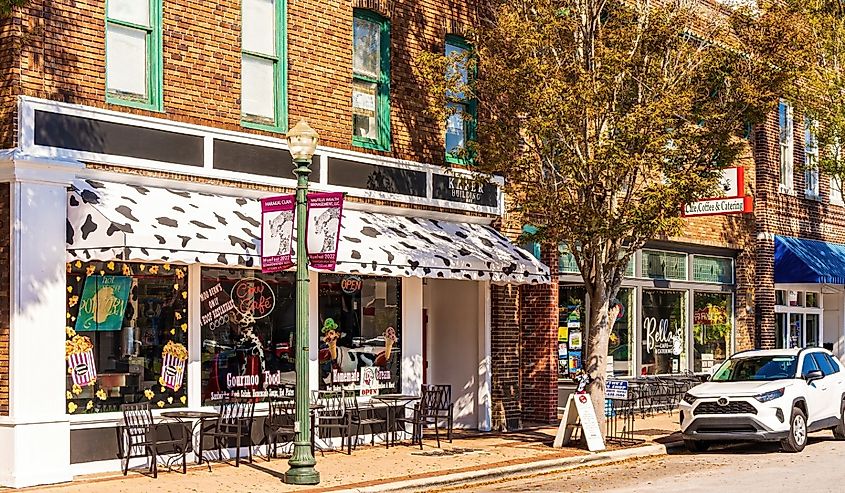
New Bern’s signature is its rivers: the Neuse and Trent meet here, and the town’s identity swirls with their confluence. Steeples and colonial facades hover above creeks and docks; shrimp boats slip by waterfront homes. Its claim to fame includes being the birthplace of Pepsi-Cola in 1898, just one historic footnote in a town that feels like a living river settlement.
At a median home price in the $290,000 to $310,000 range, New Bern offers more value than many coastal alternatives. The Tryon Palace complex includes Governor’s Mansion rooms, decorative arts galleries, and reconstructed gardens tracing 18th-century designs. Union Point Park juts into the Neuse-Trent junction with docks, shade trees, and a view of passing vessels. Persimmons Waterfront Restaurant on Front Street serves coastal plates beside the riverwalk, while Baker’s Kitchen on Middle Street turns out cinnamon-glazed French toast and coffee in a lively corner storefront. The NC History Center’s rotating exhibits delve into early colonial life and regional Native American art. Kayak launches along the Trent let paddlers trace saltwater marshes and heron rookeries into Pamlico Sound.
Washington
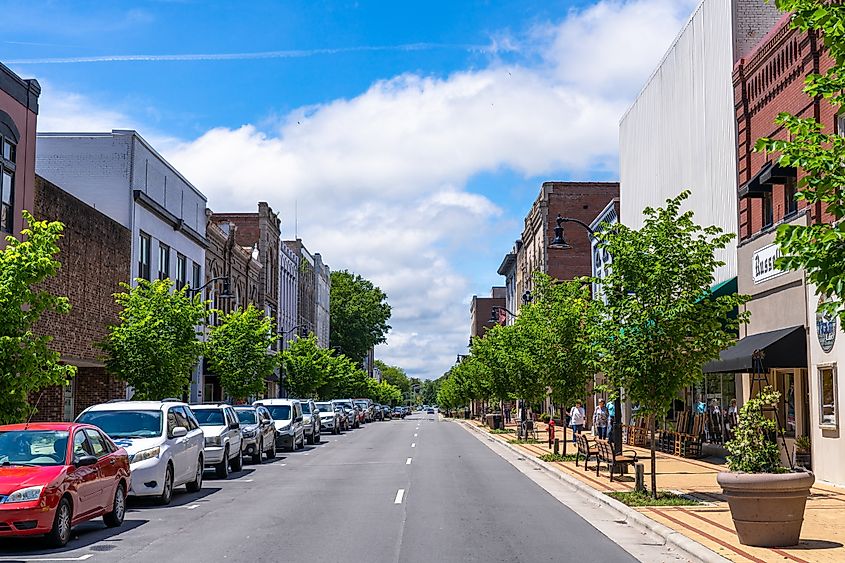
Washington, North Carolina, presses its presence on the water: the Pamlico River slips into town, and stern-wheel tugboats anchor the skyline against a backdrop of masts and piers. Locals call it “Little Washington,” but it’s no simulacrum, this is a working estuarine port whose identity is salinity, commerce, and endless sky.
With a median home price near $240,000 to $260,000, Washington offers retirees waterfront equity without coastal premiums. The North Carolina Estuarium sits at the head of the waterfront boardwalk and offers hands-on exhibits on fish, tidal creeks, and water quality. For lunch, Down on Mainstreet plates seafood and sandwiches just off Stewart Parkway, while Bill’s Hot Dogs on North Gladden Street serves the town’s classic mustard-and-chili dogs near the marina. Miles of riverfront walkway stretch from the city docks to Back Creek, passing sculpture installations and observation benches. Behind town, Goose Creek State Park absorbs paddlers into cypress-lined tributaries, osprey perches, and marsh meanders. In evening, the Third Thursday art stroll welcomes gallery openings on Main Street.
Morganton
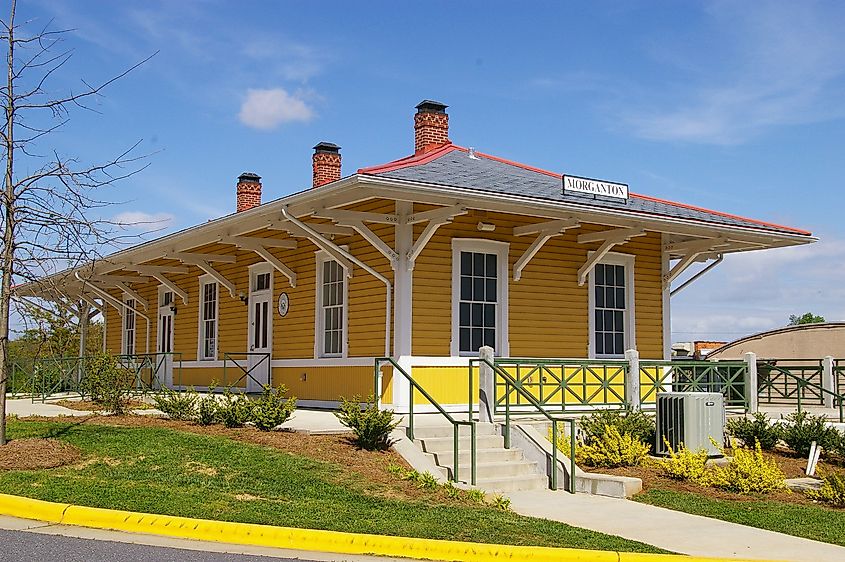
Morganton’s defining signature is its convergence of ridge and river: the Catawba winds past town while the Brushy Mountains silhouette the horizon. Locals point to the Historic Burke County Courthouse, home to the Heritage Museum, as proof the town respects its past without being fossilized. The town is one of a few in North Carolina where the Sarah Burke House (Civil War era) still stands in its original footprint.
With a median home price in the $240,000 to $260,000 band, Morganton gives retirees mountain-town ambiance without alpine premiums. The Catawba Meadows Park rings the river with paved paths and boardwalks beside interpretive signs about hydrology. The TGIF Summer Concert Series fills the courthouse lawn downtown on warm Fridays, while CoMMA Performing Arts Center brings touring shows to S. College Street. Silver Fork Winery, a few miles south, offers tastings under vine trellises with views over the valley. In the foothills above town, the High Shoals Falls and Chestnut Knob trails in South Mountains State Park lead to cascades and overlooks; nearby, Linville Gorge’s Table Rock rises to a granite crown. Eat at Root & Vine downtown for wood-fired plates; grab espresso at Little Guatemala Coffee before setting out on a morning walk.
Lenoir
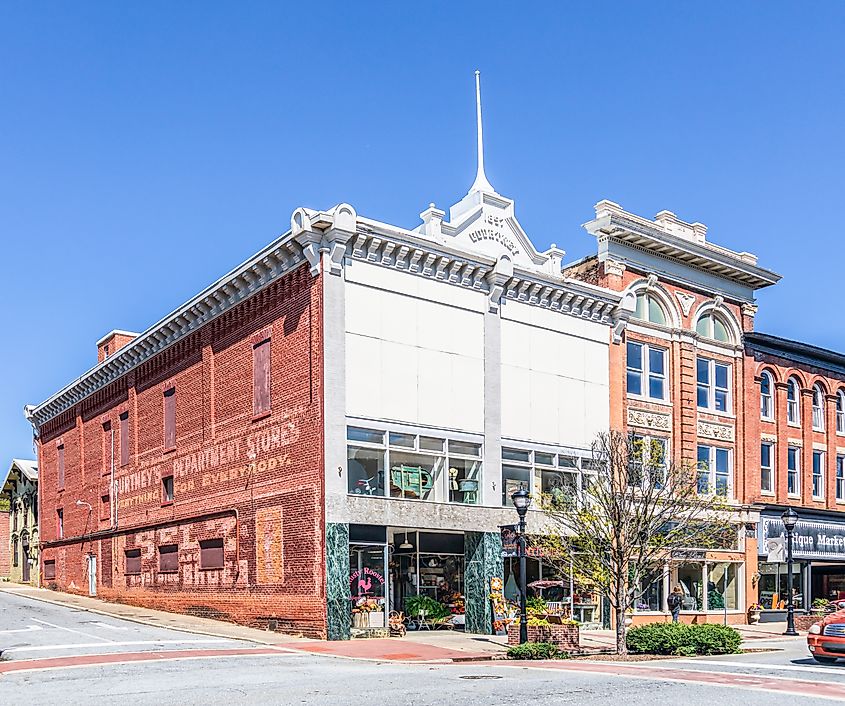
Lenoir stakes its claim on rocky creeks and hidden gorges: Wilson Creek snakes nearby, carving mill-dam pools and plunging cascades, and the Blowing Rock hues rise eastward. The town retains a textile legacy in its downtown brick fronts, and local signage still recalls “Fan City”, a nod to the old Sanyo-made ceiling fan factories.
With a median home price around $200,000 to $220,000, Lenoir gives retirees mountain-foothill life at accessible cost. The Caldwell Sculpture Trail threads through downtown, showcasing steel and stone works by regional artists amid oaks and lampposts. Fort Defiance, the restored 1792 home of Revolutionary War general William Lenoir, houses period rooms, rotating exhibits, and heritage gardens. Wilson Creek, accessed via Gamewell Road, invites swimmers and anglers to hidden pools beyond footbridges and cascades. Downtown’s 1841 Cafe serves salads, burgers, and coffee in a brick storefront. For dinner, Hannah’s BBQ South plates chopped pork, slaw, and hushpuppies on Morganton Boulevard. Walking Main Street at dusk, faces soften in the shadow of the Blue Ridge escarpment.
Asheboro
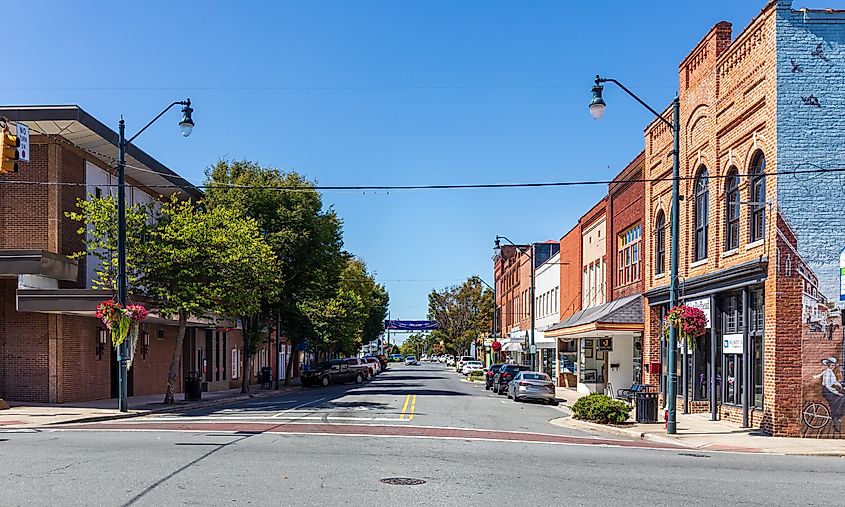
Asheboro wears its animal side proudly: the North Carolina Zoo sprawls over 2,800 acres and ranks among the few U.S. zoos where animals roam across large, open habitats rather than cages. That zoological ambition anchors a town whose identity is less touristy and more measured , southern textile mills, railway junctions, and a network of backroads that spiral into the Uwharrie foothills.
With a median home price in the $220,000 to $240,000 range, Asheboro delivers retiree value inside a central Piedmont corridor. The NC Zoo invites year-round visits , spring newborns, autumn foliage drifts, even winter birding in enclosures open to the elements. The North Carolina Aviation Museum & Hall of Fame, near the regional airport, preserves aircraft and military memorabilia. The Uwharrie National Forest edges westward: sweeping loops like Dutchman’s Creek link creeks and ridgeline overlooks. For coffee or lunch, Bold Coffee Co. on North Fayetteville Street keeps hours seven days a week; for supper, The Table Farmhouse Bakery on Worth Street serves sandwiches, soups, and desserts in a converted downtown building. On Fridays, the downtown market stage at Depot sits beside restored railcars.
Mount Airy
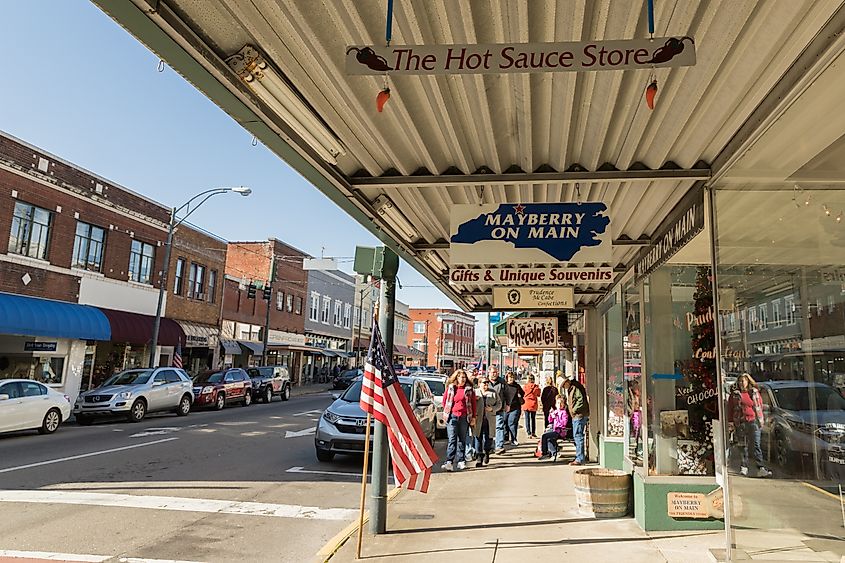
Mount Airy claims Mayberry’s nickname in name only: around its courthouse square are real tobacco barns, granite outcrops, and the blue-toned face of Pilot Mountain looming just east. The town’s niche lies in its Andy Griffith legacy (shops like Floyd’s Pharmacy echo the TV set) and its foothill chutney in the Yadkin Valley wine country linking vineyards to backroads.
With a median home price around $220,000 to $240,000, Mount Airy offers retiree housing well below regional peaks. The Andy Griffith Museum on North Andy Griffith Parkway curates memorabilia, scripts, and personal artifacts that anchor local identity. Old North State Winery on Main Street pours Surry County vintages in a restored hardware building, and Brady’s Coffee Company supplies espresso and baked goods a few blocks away. At Pilot Mountain State Park, trails like the Jomeokee and Ledge loop climb granite to panoramic ridgelines over the Sauratown foothills. For lunch, Snappy Lunch serves the long-running pork-chop sandwich off Main Street.
Lexington
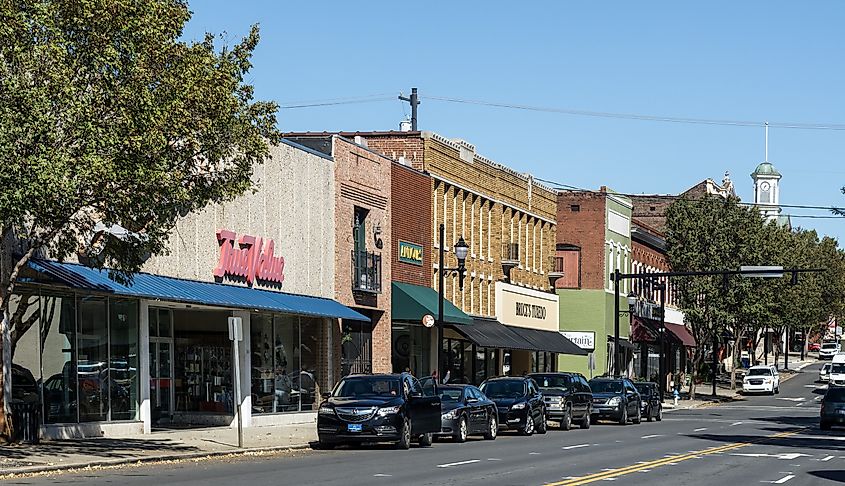
Lexington claims its place in barbecue lore: the “World’s Barbecue Capital,” complete with pulled pork in vinegar-tomato sauce served on inexpensive white bread. Pitmasters from Speedy’s to Lexington Barbecue offer an edible version of town identity, smoke, sauce, wood. Even strangers often arrive first by scent.
With a median home price around $220,000 to $240,000, Lexington gives retirees access to a BBQ epicenter without metropolis premiums. High Rock Lake draws anglers to High Rock Lake Marina & Campground on Wafford Circle. The Edward C. Smith Civic Center anchors uptown events and performances. Downtown, the same Civic Center hosts film and music programming amid brick storefronts. Childress Vineyards, just outside town, offers tastings and a bistro tied to the Yadkin Valley wine trail. For breakfast or lunch, Black Chicken Coffee pours espresso on West 2nd Street. Supper at Speedy’s BBQ on Piedmont Drive delivers chopped pork, hushpuppies, and red slaw in family-plate fashion.
Albemarle
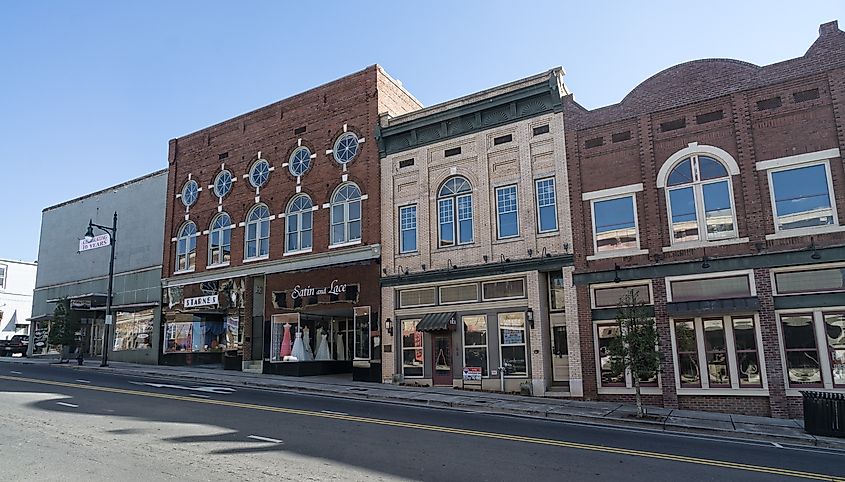
Albemarle sits between lake and ridge, but its deeper current is industrial: Wiscassett Mills and Efird Manufacturing shaped the town’s layout and still define its bones. The textile warehouses haven’t been erased, they’ve been reabsorbed into the daily rhythm. The Yadkin Railroad still crosses Main Street under the gaze of the 1891 courthouse, where red brick marks the civic core of this Piedmont town.
The median home price runs between $200,000 and $220,000, leaving room for retirees to buy near downtown or just outside city limits. Morrow Mountain State Park lies five miles east, with stone shelters built by the Civilian Conservation Corps and trails that crest above the Yadkin-Pee Dee river basin. Badin Lake, off Valley Drive, offers public ramps, swimming access, and channels lined with cypress stumps. Inside town, The Courthouse Tavern & Table on North 2nd Street plates steaks, shrimp and grits, and salads beneath tin ceilings in a restored building. Second Street Sundries, part coffeehouse and part community hub, serves bagels and breakfast plates while employing adults with disabilities. The Stanly County History Center displays maps, mill ledgers, and regional pottery.
Kinston
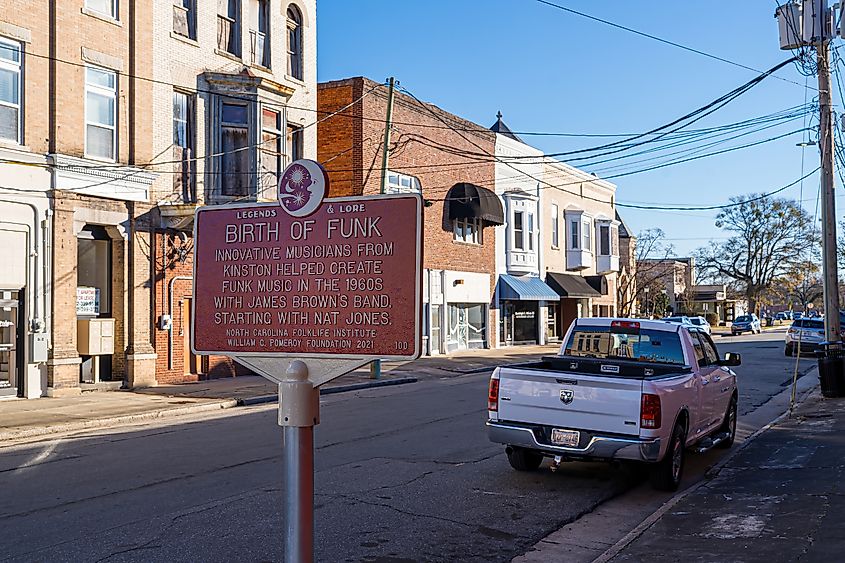
Kinston carries the weight of reinvention. Once a textile and tobacco hub, it has leaned into food, art, and Civil War memory without flattening either past or present. The CSS Neuse Interpretive Center anchors downtown with the ironclad gunboat pulled from the muddy Neuse River bed, its frame resting beneath a climate-controlled hangar. Murals and installations flank Queen Street, and floodwalls double as canvases for public art.
With a median home price between $160,000 and $180,000, Kinston remains one of eastern North Carolina’s most affordable retirement zones. The Counter at Chef & the Farmer, Vivian Howard’s fast-casual concept, serves seasonal plates for lunch, while the Kitchen Bar at Chef & the Farmer offers cocktails and shareables in the evening. The Neuseway Nature Park lines the river’s bend with trails, a small planetarium, and paddleboat rentals. Mother Earth Brewing, located in a converted brick building, offers taproom flights and hosts yoga on the lawn in fall and spring. The Kinston Music Park, a pocket plaza near the floodplain, honors African American jazz and funk musicians who once played the Chitlin’ Circuit. Kinston doesn’t erase its scars, it places benches beside them and names them outright.
Retirement value, in North Carolina, lives in the in-between: river confluences, mill blocks, courthouse lawns, trailheads. These 11 towns pair below-median home prices with named places that fill quiet hours, whirligigs, zoo hills, wine rooms, greenways, boardwalks. Healthcare nearby, winters workable, summers shaded by water and ridge. If the Tuesday-at-10 test matters, these addresses pass. Pick one, map the coffee line, learn your park gates, let the seasons do the rest.
